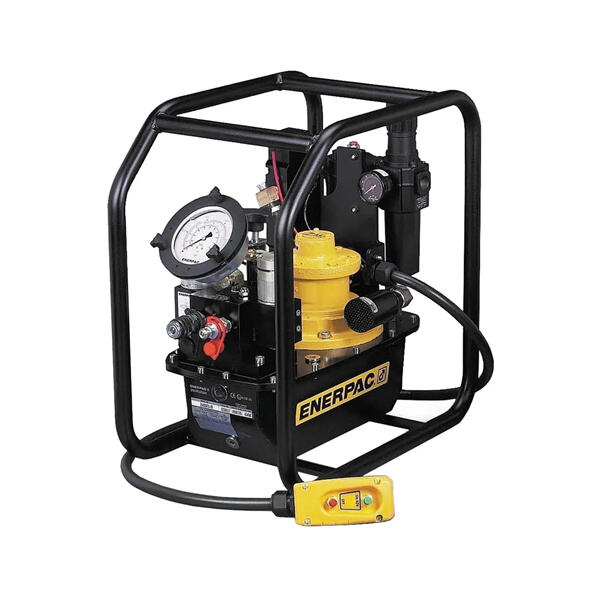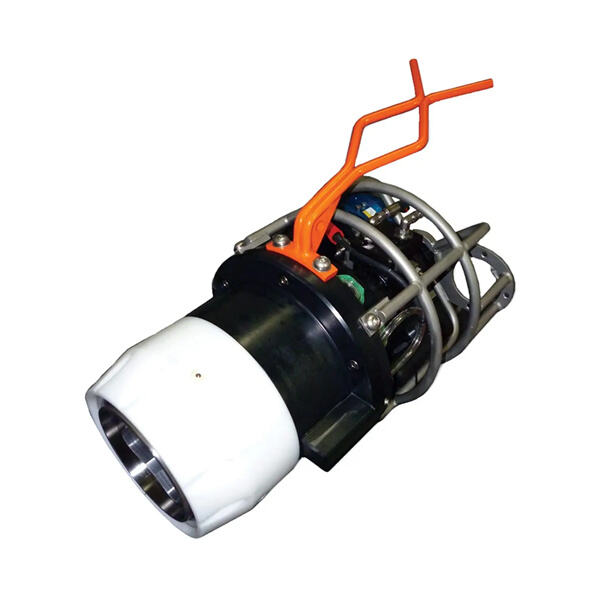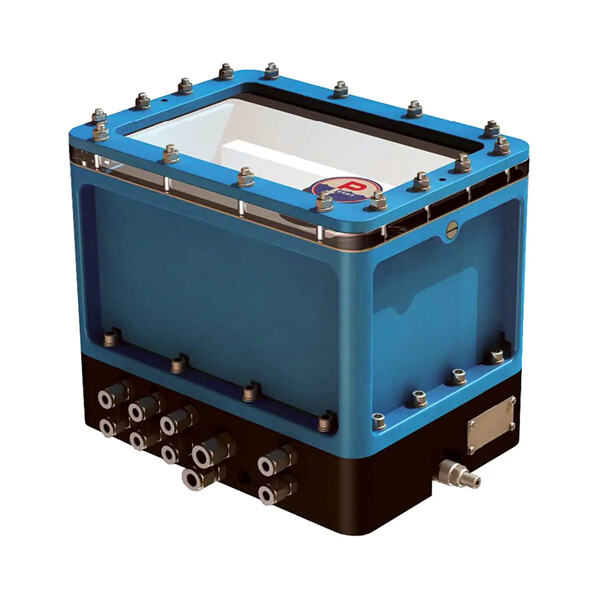Torque verification systems are critical systems in factories to ensure the joint elements in assembling a product are traced and safe. These systems can measure how much force or torque is applied to components such as nuts, bolts, and screws during assembly. Manufacturers can check the torque of these parts to ensure that products are safe, reliable, and built to last.
Torque verification systems are critical within factories as it helps organizations maintain high quality and consistency in their products. The systems ensure that each fastener is tightened to just the right amount, which helps to avoid problems such as fastening it too loosely or too tightly. Loosely fastened connections can lead the products to break or be unsafe. When manufacturers use underwater torque wrench, it helps to validate that their products action safely and meet customer requirements, leading to happy customers and enhanced company reputation.
There are several advantages to using torque verification systems for quality checking. These systems reduce the likelihood of issues with repairs or replacements. This prevents wastage of time and money for the companies and further leads to producing better and more reliable products. In addition, torque verification systems can locate and prevent assembly errors early in the process, which minimizes waste and the risk of rework.

Manufacturers can move both faster and more efficiently by incorporating torque verification systems to their assembly lines. These systems provide real-time feedback on the torque on each fastener so workers can identify and correct issues immediately. This can result in less downtime, and more products being produced. Additionally, torque verification systems can identify areas for improvement helping companies review their assembly processes.

So,when it comes to choosing a torque verification system for your factory, here are some features that you need to consider. First you want to ensure that your system is accurate and precise, so that you are measuring torque correctly. Also, look for systems that can gather and analyze that data in real-time, which allows you to track changes in torque over time. Other essential features to pay attention to are how easy it is to use, how robust it is, and how well it plays with the gear and software you are already using.

It is essential to have proper checks and maintenance of your torque verification system to ensure accurate and precise readings. Calibration is essential to ensure that the system's measurements are accurate and to correct any measurement errors so that torque values use as an actual flow. Things like performing routine maintenance such as cleaning and checking the system out periodically can ensure its proper functioning and prevent potential issues that could impact the accuracy of their measurements. These tips should allow manufacturers to rely on torque verification systems for consistency of results, thus ensuring improved product quality and satisfied customers.